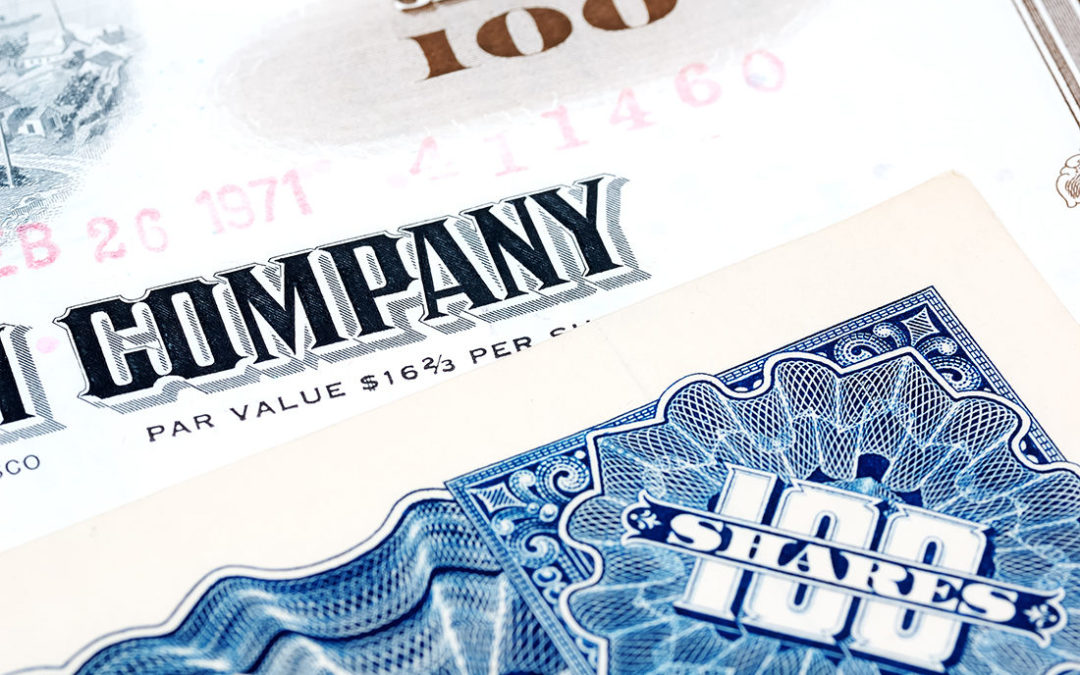The recently-signed Protecting Americans from Tax Hikes Act (PATH Act) of 2015 reinstates some expired tax benefits retroactively and makes them permanent. On the list is the 100% tax exclusion of the gain from sales of qualified small business stock (QSBS).
Example 1: Nick Oliver creates a company in 2016 and sells all the stock in it in 2022 for a $3 million gain. If the stock meets the requirements to be qualified small business stock, Nick will owe no tax on that $3 million profit. (In most cases, tax-free gains of QSBS are capped at $10 million.)
What is Qualified Small Business Stock?
A five-year holding period for the stock is required; however, the main obstacle to tax-free gains may be the structure of the business. Among other things, for the 100% exclusion to apply, the QSBS rules require the taxpayer to sell stock in a C corporation that was originally issued after September 27, 2010. Consequently, selling shares of an S corporation or membership units of a limited liability company (LLC) won’t generate tax-free QSBS treatment.
With that in mind, should entrepreneurs structure their companies as C corporations? Is the lure of potential tax-free gains sufficient to choose this type of entity?
C corporation drawbacks
With a C corporation, double taxation can be an issue.
Example 2: Suppose that Nick Oliver runs his business as a C corporation; if so, the company’s profits would be exposed to the corporate income tax. Then, if Nick distributes the profits to himself, he’ll owe tax on those dollars. Meanwhile, Nick’s company gets no deduction for the dividend payout.
Efforts to avoid this double taxation may lead to problems.
Efforts to avoid this double taxation may lead to problems. Paying the profits to himself as a tax-deductible salary or bonus may bring Nick an IRS penalty for unreasonable compensation, yet retaining the dividends in the company might lead to the accumulated earnings tax.
With an LLC or an S corporation (assuming requirements are met), there is no corporate income tax and no need for planning around it. The company’s profits are taxed once on the owners’ personal income tax returns.
What’s more, many closely held companies will report operating losses, especially in the early stages of the business. S corporation and LLC owners may be able to deduct those losses on their personal tax returns, but that opportunity is not available to C corporation shareholders.
Blocked at the exit
Even if you decide to structure your company as a C corporation, and if a profitable sale of the business becomes a possibility, you still might not be able to enjoy tax-free gains. That’s because QSBS treatment relies upon the sale of stock in the business. However, shares of stock might not change hands when a small company is acquired.
Often, a buyer will prefer to purchase the assets of a company, rather than the shares.
Often, a buyer will prefer to purchase the assets of a company, rather than the shares.Purchasing all of a company’s assets effectively transfers ownership of the business to the buyer.
Taxes play a role in this buyer preference. After an asset purchase, the basis in those assets often can be stepped up to market value, which may provide the new owner with valuable depreciation deductions.
Perhaps more important, buying stock could result in the assumption of unknown liabilities. Environmental issues may surface in the future; claims for prior damages might be filed. Although such concerns may be addressed in a stock purchase agreement, the possibility of future exposure could cause buyers to shy away. In our example, Nick might operate a C corporation for many years, dealing with double taxation, only to eventually exit via an asset sale and lose the QSBS tax exclusion.
Reaching a decision
Generally, entrepreneurs who intend to hold onto a business for the long run, perhaps passing it on to family members, may be well served with an LLC or S corporation structure. Conversely, those who hope to attract outside investors, grow the business rapidly, and ultimately go public might prefer to run a C corporation. The possibility of tax-free gains can be another factor, tipping the scales towards a C corporation.
Specific circumstances will vary from one company to another. Our office can help you decide upon a business structure, weighing the chance that you’ll one day be able to take tax-free gains on the sale of qualified small business stock.
For complete coverage of the PATH act, please read our Special Report on the 2015 PAT act. Click Here.
